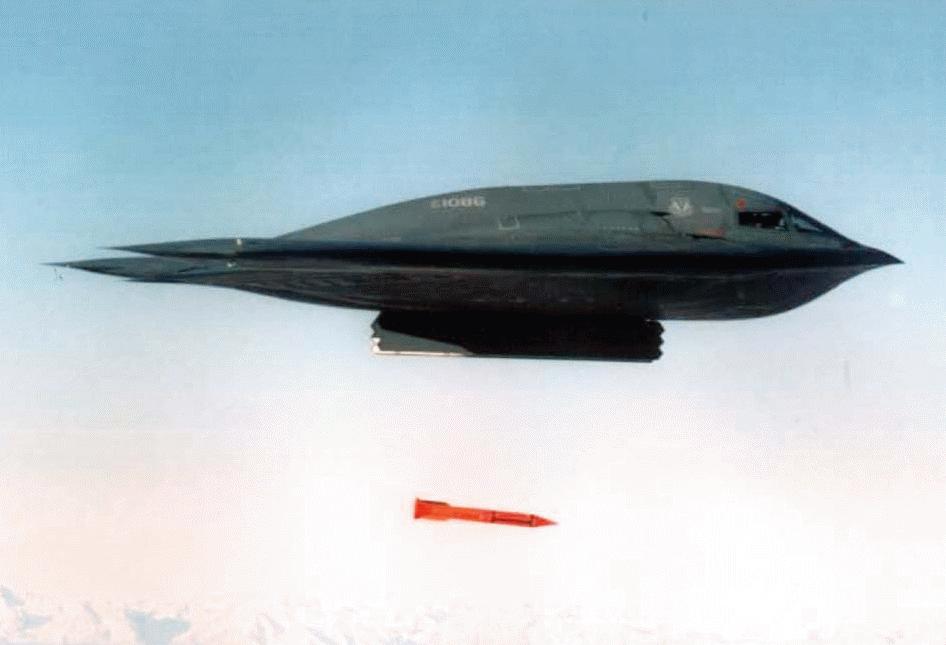In the first 24 hours of the Libyan attack, US B-2s dropped forty-five 2,000-pound bombs.

These massive bombs, along with the Cruise missiles launched from British and French planes and ships,
all contained depleted uranium (DU) warheads.
DU is the waste product from the process of enriching uranium ore.
It is used in nuclear weapons and reactors.
Because it is a very heavy substance, 1.7 times denser than lead,
it is highly valued by the military for its ability to punch through armored vehicles and buildings.
When a weapon made with a DU tip strikes a solid object like the side of a tank,
it goes straight through it,
then erupts in a burning cloud of vapor.
The vapor settles as dust, which is not only poisonous,
but also radioactive.
An impacting DU missile burns at 10,000 degrees C.
When it strikes a target, 30% fragments into shrapnel.
The remaining 70% vaporises into three highly-toxic oxides, including uranium oxide.
This black dust remains suspended in the air and,
according to wind and weather,
can travel over great distances.
If you think Iraq and Libya are far away,
remember that radiation from Chernobyl reached Wales.







